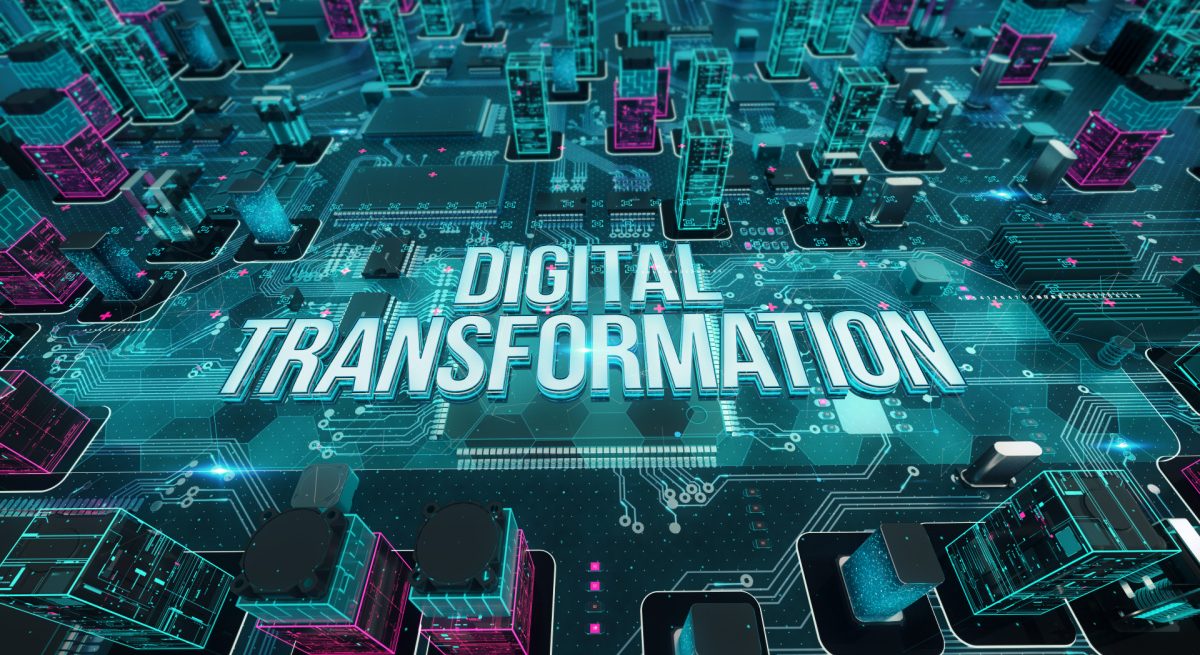AI, COVID and the Acceleration of Digital Transformation for Restaurants
3 Min Read By Jerry Abiog
According to The Enterprises Project, digital transformation can be defined as the integration of digital technology into all areas of a business, fundamentally changing how you operate and deliver value to customers. It’s also a cultural change that requires organizations to continually challenge the status quo, experiment, and get comfortable with failure.
Your Restaurant’s Digital Transformation
COVID-19 caused a fundamental shift in the way restaurants operate.
Past: Paper menus were the norm. The POS was hosted on a physical server. Restaurant websites showed PDF versions of their menu. Most customers would phone-in carryout orders. If online ordering was available, it was done through third party apps. For many, the idea of marketing was non-existent.
Present: QR menus started appearing. Many POS are now hosted on the cloud. Restaurants began shifting away from call-in orders and enabled online ordering directly from their site. The idea of marketing became common.
Future: Smart restaurants will begin to leverage their hard won customer data from their QR menus, POS, and marketing initiatives to lower cost of customer retention to drive growth.
It Starts with Your Restaurant’s Digital Identity
Incisiv released a study that in the next five years, 54% of limited service restaurants’ sales will be digital. This amounts to a 70 percent increase over initial projections during a time when digital strategies were already growing.
Before anyone orders from your restaurant, your potential customers have to find you. This is done through creating high quality content on your website and leveraging the power of on-page SEO. Next task is letting Google find you. This is done via:
- Crawling: Google combs your site searching for relevant info – Best Thai food in Atlanta
- Indexing: Once pertinent info is found, Google then indexes your site, making it searchable when someone types Best Thai food in Atlanta
While good in theory, most who visit your restaurant’s site go directly to the menu. A closer will reveal that your restaurant’s name is not taking center stage.
Try indexing your online ordering link. Whose name is positioned first? Is it your restaurant or the name of the third party app or digital menu company?
Three Ways to Fight for your Restaurant’s Digital Superiority
- Work with a digital menu company that values you. Google loves content. Make sure you have the ability to put relevant, engaging content on your online ordering platform.
- Make sure you have easy access to your data. This can involve migrating towards a cloud-based POS or placing less reliance on third party apps. ‘Data is the new oil’ – leverage it for your benefit.
- Consider adoption of AI-driven technologies once you have a grasp on your data. Personalized menu recommendations based on one’s favorite food items can play a significant factor in improving customer loyalty. McKinsey released a study that ‘personalization can deliver five to eight times ROI on marketing spend, and lift sales by 10 percent or more.’
The Future is Now
It has been said that this pandemic has accelerated technological adoption in the restaurant industry. Initiatives that were planned for three-to-four years down the road are being implemented now. Restaurants that had digital strategies in place pre COVID-19 were able to weather the storm better than their high-tech adverse counterparts.
Technological adoption is not easy. Remember in-person vs online banking or renting movies in-store vs streaming services? Eventually technology wins out and analog methodologies are put to pasture.
Malcom Gladwell writes in his book, "The Tipping Point"– the Innovators and Early Adopters – are visionaries. They want revolutionary change, something that sets them apart from their competitors.
I encourage restaurants owners to break out of their perceived comfort zone. You need to improve on delivering value to your customers, even if means adopting new technologies like AI. If COVID-19 ended today, ‘the digital way’ has been adopted by many of your customers – they are going to expect it.


